Sub-Antarctic plants warm up themselves
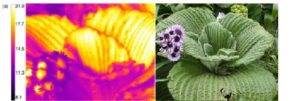 High latitude and altitude plants experience short growing seasons, consistent low temperatures, windy environments and unpredictable sunny spots. These plants are usually small and rely on self-pollination, but in Campbell, a Sub-Antarctic island, there are gardens of megaherbs that defy the predictions of what the flora should be according to the environment. Little et al. show that these megaherbs evolved large, corrugated and hairy leaves that keep the warmth in the boundary layer after brief sun exposure and, in addition, compact flowers with bright, dark colors that also stay warm and attract the few species of pollinators present in the island. Leaf and floral temperatures are correlated with light intensity and the mechanism by which the plants keep warmth don’t seem to be thermogenesis. This is also an excellent example of convergent evolution where flora of far away places (tropical alpine and Sub-Antarctic environments) developed similar structures to minimize damage by extreme cues and maximize metabolic rates. (Summary by Gaby Auge) Polar Research 10.3402/polar.v35.26030
High latitude and altitude plants experience short growing seasons, consistent low temperatures, windy environments and unpredictable sunny spots. These plants are usually small and rely on self-pollination, but in Campbell, a Sub-Antarctic island, there are gardens of megaherbs that defy the predictions of what the flora should be according to the environment. Little et al. show that these megaherbs evolved large, corrugated and hairy leaves that keep the warmth in the boundary layer after brief sun exposure and, in addition, compact flowers with bright, dark colors that also stay warm and attract the few species of pollinators present in the island. Leaf and floral temperatures are correlated with light intensity and the mechanism by which the plants keep warmth don’t seem to be thermogenesis. This is also an excellent example of convergent evolution where flora of far away places (tropical alpine and Sub-Antarctic environments) developed similar structures to minimize damage by extreme cues and maximize metabolic rates. (Summary by Gaby Auge) Polar Research 10.3402/polar.v35.26030


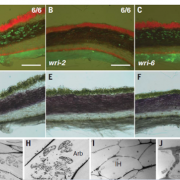
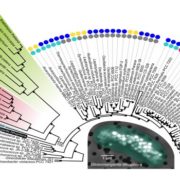
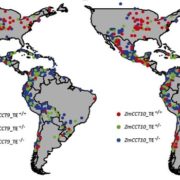

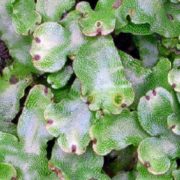
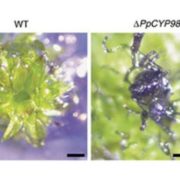


Leave a Reply
Want to join the discussion?Feel free to contribute!